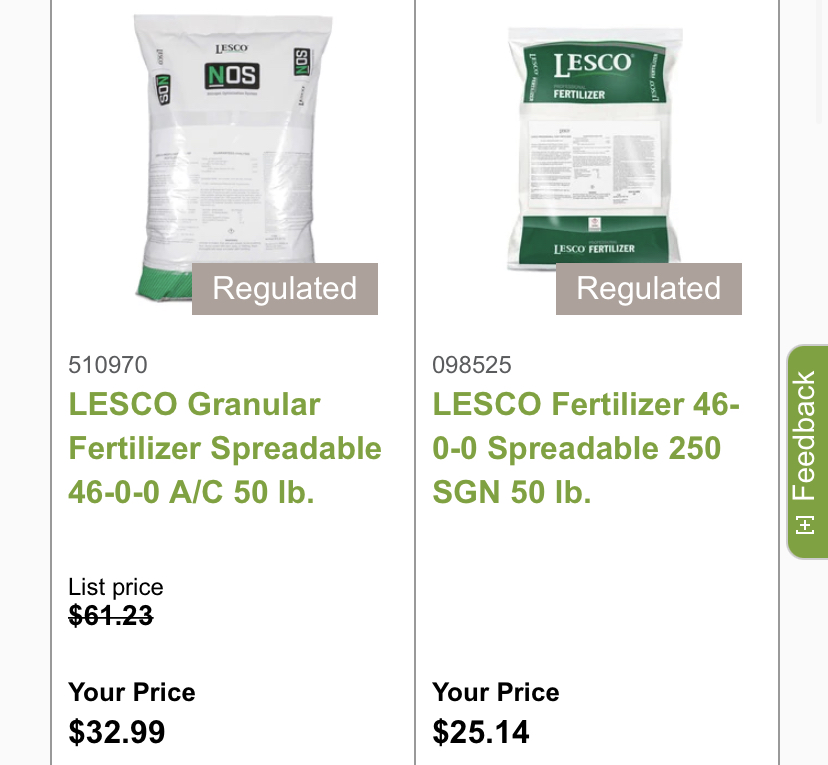This appears to be the only granular urea readily available in my area that I can find. Being in NJ I believe plain urea is banded or at least made very inconvenient.
This granular urea product is treated with dicyandiamide and is labeled for both granular and liquid application.
Does anyone know the impact this dicyandiamide chemical has on the speed of light liquid foliar applications? Is it dangerous for soil health?
I warmed up to the idea of spraying urea light urea applications during fall for even coverage. I liked the idea of using a product that ,while is typically synthetically made for mass production, is easy to understand what it is and that it is a compound that is found in nature and natural biological processes.
Any input about this dicyandiamide treated/infused urea?
This granular urea product is treated with dicyandiamide and is labeled for both granular and liquid application.
Does anyone know the impact this dicyandiamide chemical has on the speed of light liquid foliar applications? Is it dangerous for soil health?
I warmed up to the idea of spraying urea light urea applications during fall for even coverage. I liked the idea of using a product that ,while is typically synthetically made for mass production, is easy to understand what it is and that it is a compound that is found in nature and natural biological processes.
Any input about this dicyandiamide treated/infused urea?





